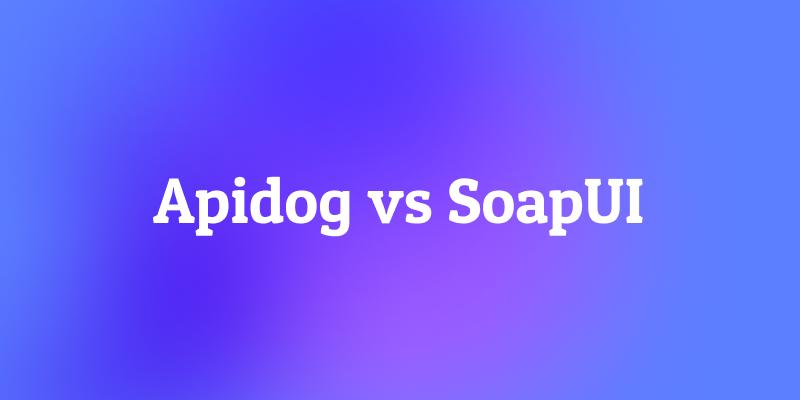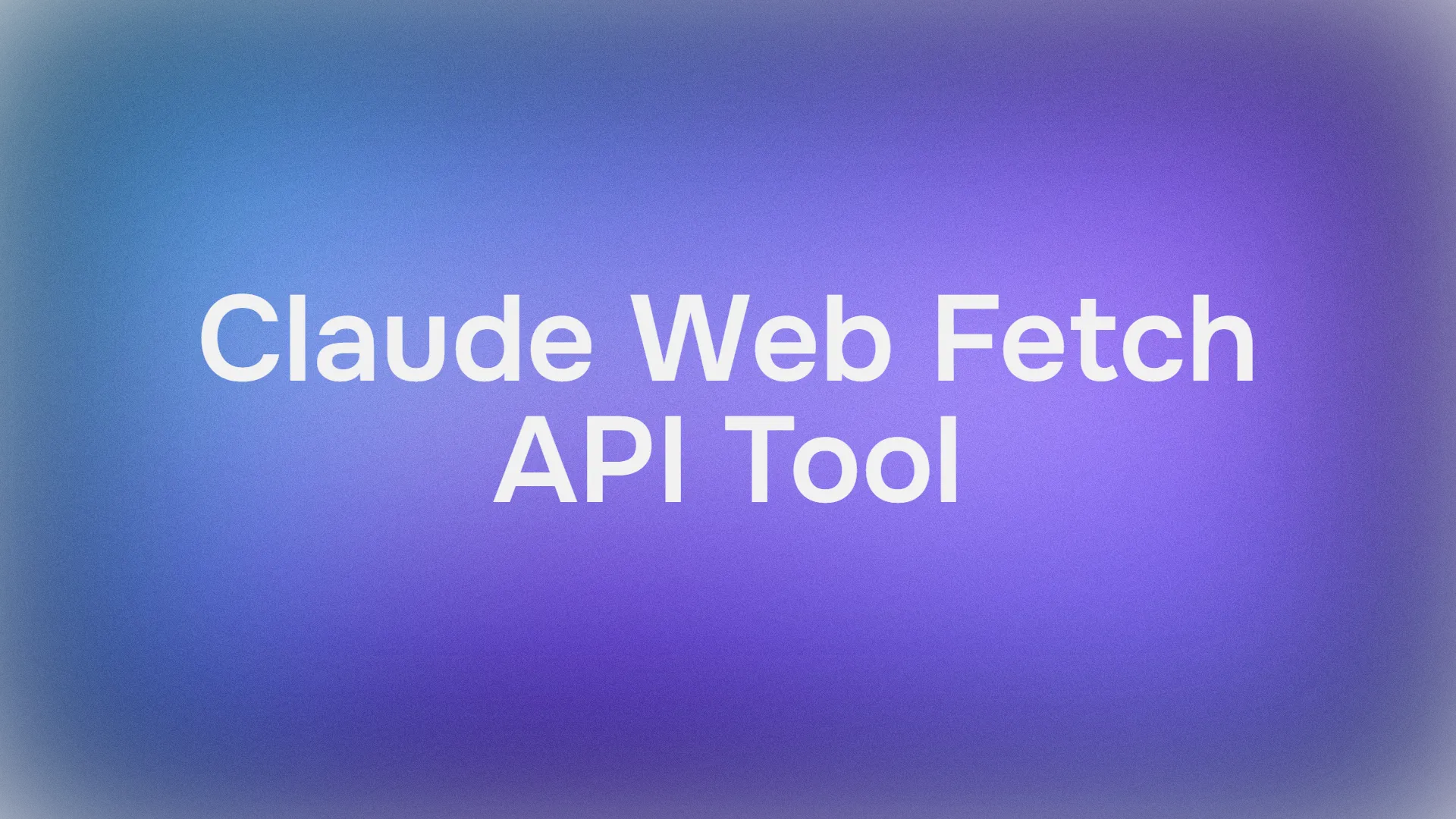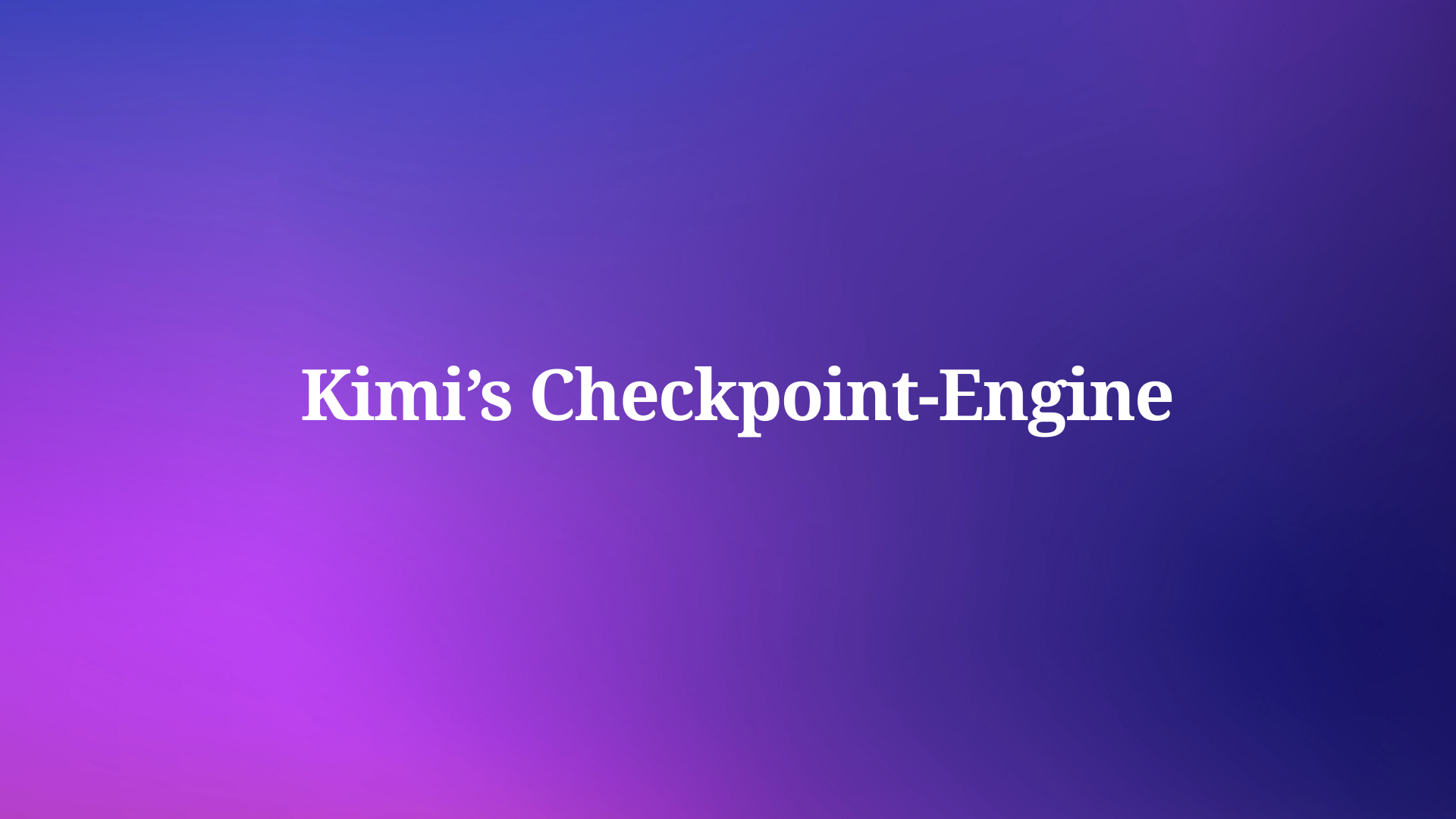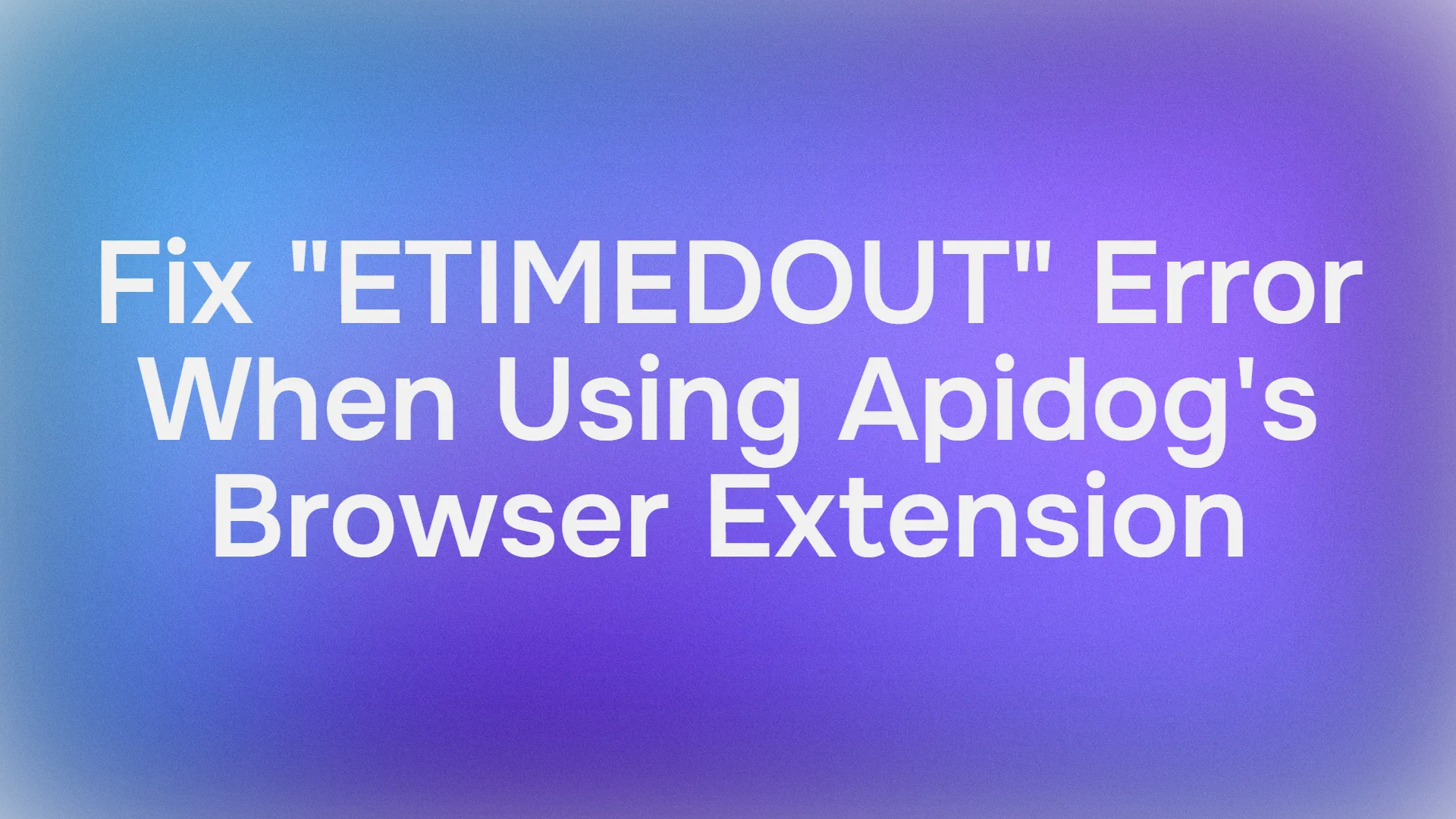You've been tasked with finding the right tool to ensure your APIs are robust, reliable, and ready for production. You've done some digging, and two names stand out: SoapUI, the long-reigning, powerful veteran, and Apidog, the sleek, modern newcomer.
Your search might leave you more confused. One forum post praises SoapUI's raw power for complex enterprise systems, while another raves about Apidog's intuitive design and collaborative features. Which one is right for your team?
Here’s the fundamental truth: This isn't just a comparison of two tools; it's a comparison of two different eras of software development. SoapUI is the specialized, heavyweight champion of traditional SOAP and enterprise API testing. Apidog is the agile, all-in-one contender built for the modern, REST-first, collaborative world.
It's the difference between a Swiss Army knife and a specialized surgical toolkit. Both are incredibly useful, but you reach for them in very different scenarios.
Now, you might be wondering: "Which one is better for my team: Apidog or SoapUI?"
That's exactly what we'll explore in this in-depth comparison. By the end of this guide, you'll know the strengths and weaknesses of both tools, who they're best suited for, and which one might be the right fit for your project.
Now, let's dive into their origins, dissect their features, and help you decide which tool is the perfect fit for your projects.
First, A Tale of Two Eras: Understanding Their Roots
Before we pit them against each other like gladiators in the API arena, let's quickly define what each tool is and who it’s built for. To understand these tools, you have to understand the world they were born into.
SoapUI: The Enterprise Pioneer
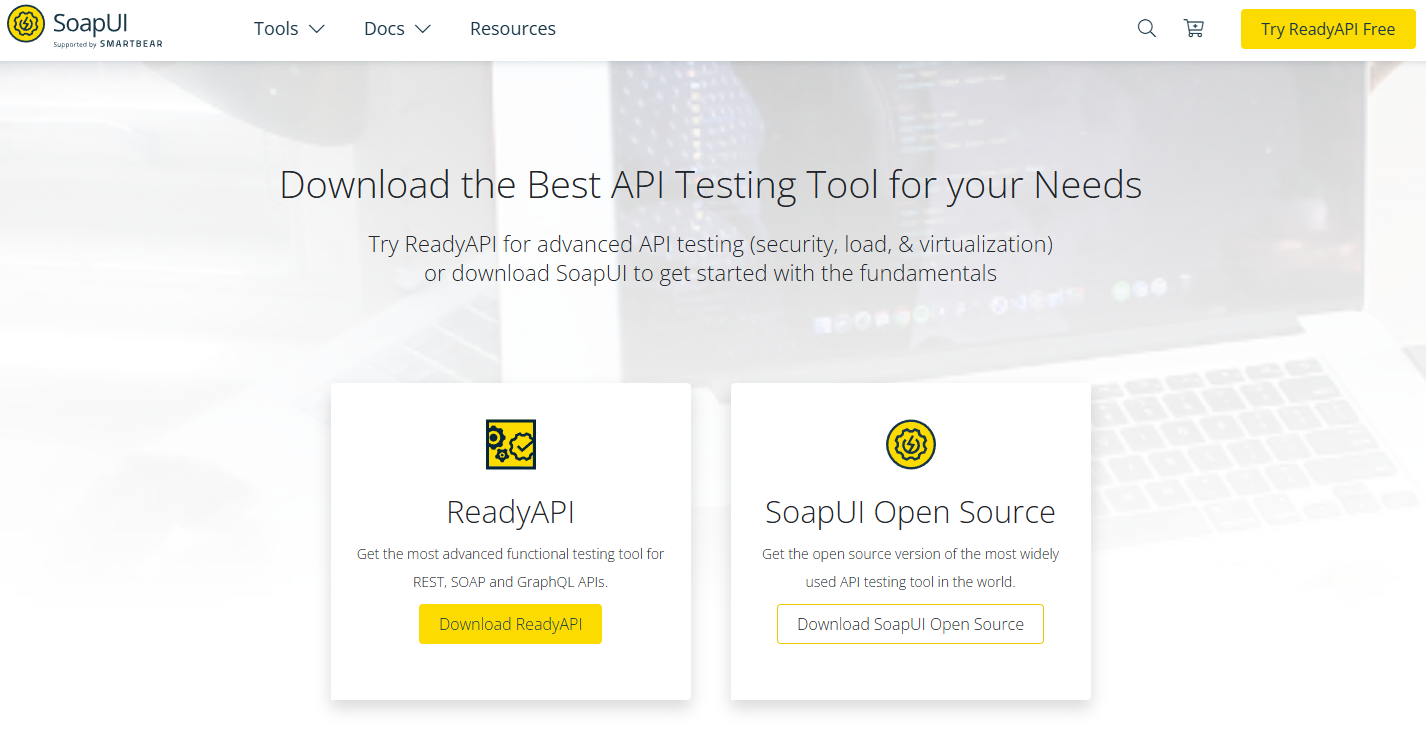
SoapUI was created by SmartBear (same folks behind SwaggerHub) Software and first released in 2006. This is a crucial detail. In the mid-2000s, the enterprise software world was dominated by SOAP (Simple Object Access Protocol) and WSDL (Web Services Description Language). These protocols were powerful but notoriously complex, XML-heavy, and strict. Over time, it evolved to support REST APIs as well.
SoapUI was built specifically to tame this complexity. It was designed as a dedicated, standalone testing tool for developers and QA engineers who needed to:
- Parse intricate WSDL files.
- Build and validate complex XML SOAP requests.
- Create heavy-duty, data-driven performance and load tests.
It comes in two flavors:
- SoapUI Open Source (free, but limited)
- ReadyAPI (paid, enterprise-grade, ~$500+/user/year)
SoapUI is known for:
- Powerful functional and load testing
- Scripting with Groovy
- Deep customization
- Enterprise integrations
But… It’s also known for:
- Clunky UI
- Steep learning curve
- Heavy resource usage
- Not exactly "team-friendly" out of the box
Its DNA is that of a specialized testing power tool, built for a time when APIs were primarily a backend, enterprise concern.
Apidog: The Modern Collaborator
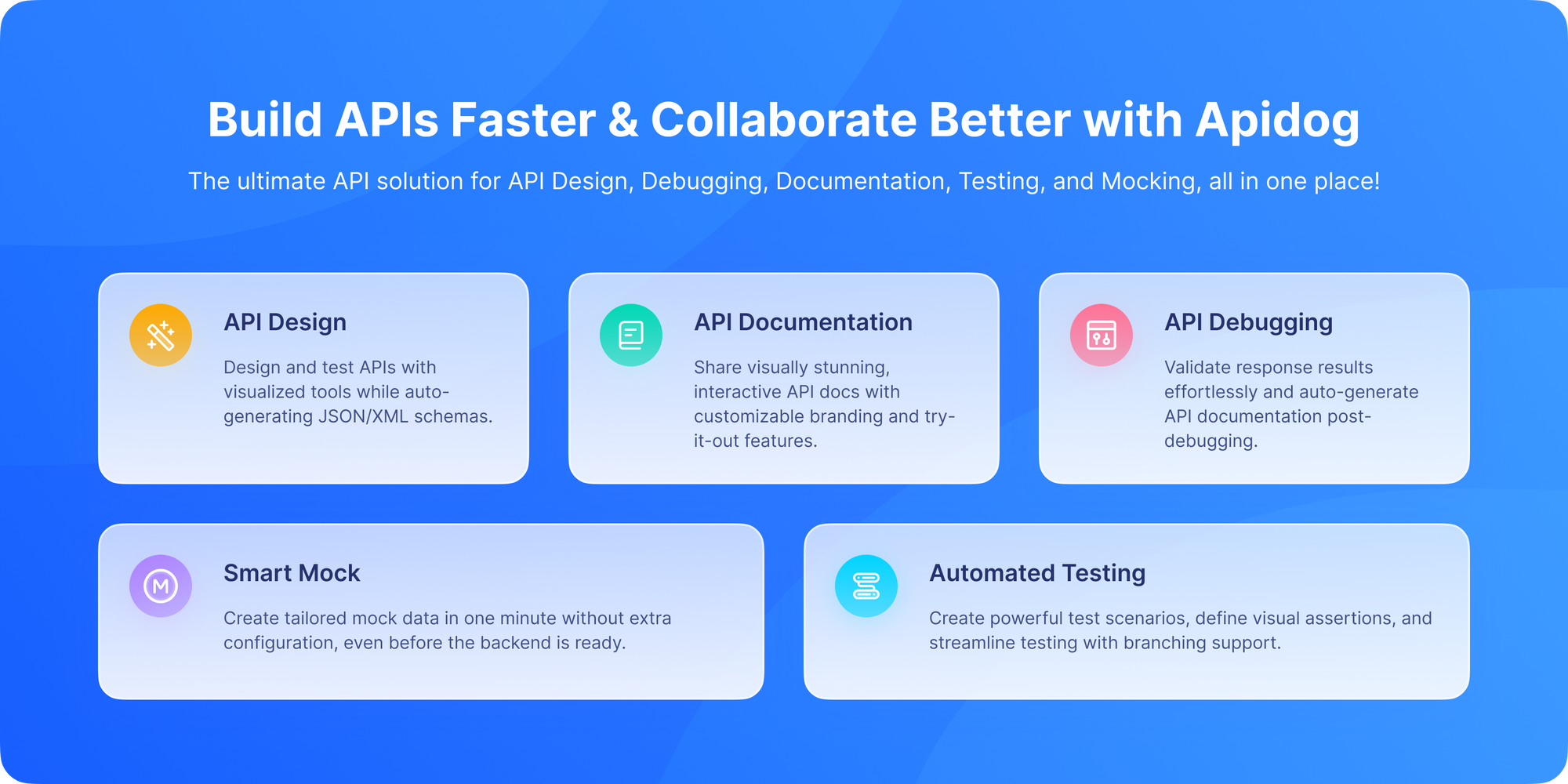
Apidog emerged much later, in a world where RESTful APIs and JSON had become the de facto standards. The challenges had shifted from "How do we test this complex SOAP service?" to "How can our entire team frontend, backend, and QA work together quickly to design, develop, and test APIs without a mess of different tools?"
Think of it as Postman + Swagger + Mockoon + API documentation generator all rolled into one intuitive, modern interface.
It’s built for:
- API designers
- Backend/frontend developers
- QA/test engineers
- DevOps teams
- Product managers who need to understand API contracts
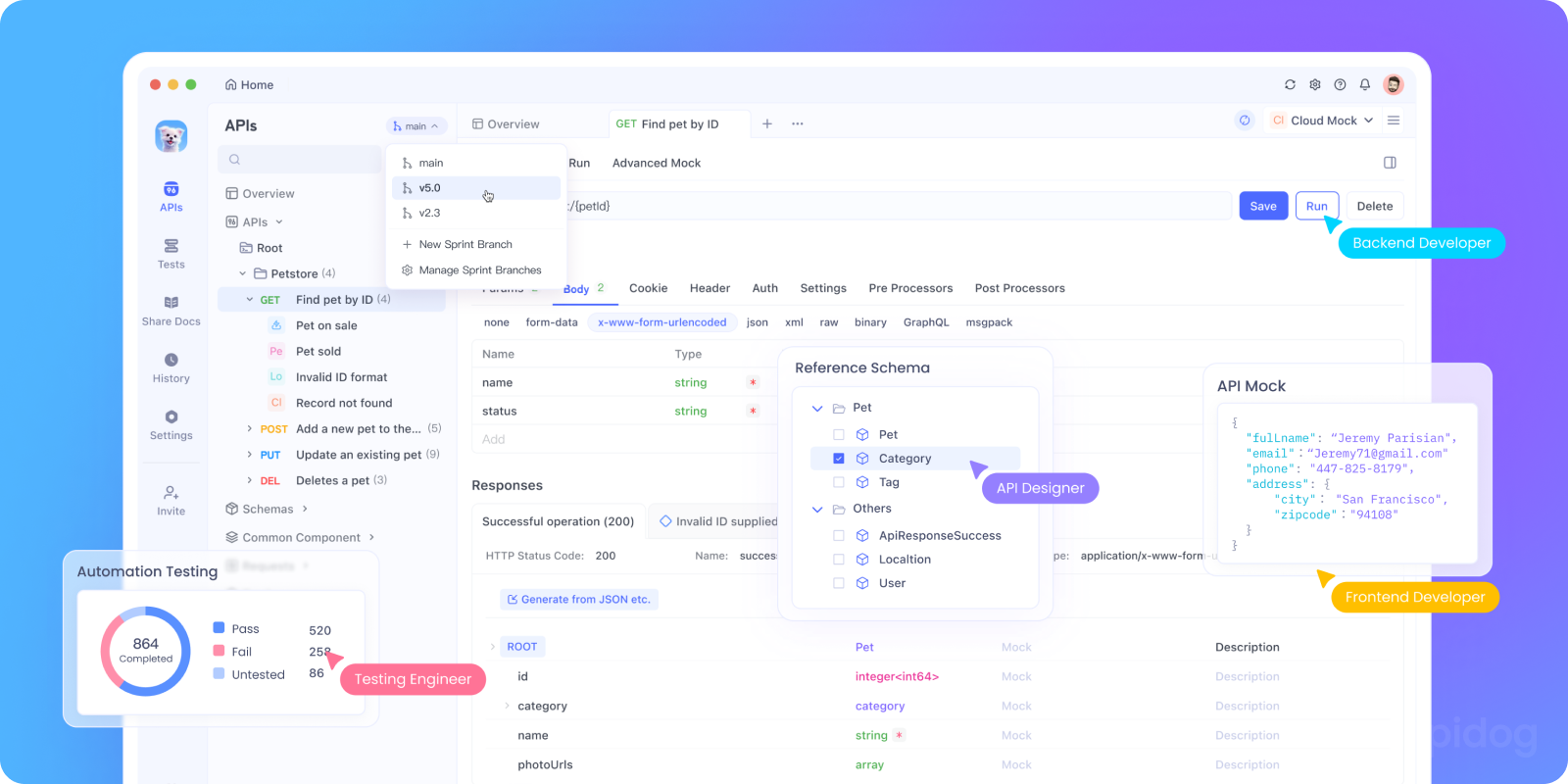
Apidog was built from the ground up to be an all-in-one collaborative platform for the entire API lifecycle. Its focus is on streamlining the workflow from design to mocking to testing to documentation, with a strong emphasis on usability and team collaboration. Apidog supports REST, GraphQL, WebSocket, gRPC, and more, and it natively handles OpenAPI (Swagger) specs meaning you can import, edit, generate, and version them without breaking a sweat.
The Core Difference: Philosophy and Primary Use Case
The most significant difference between them isn't a feature list; it's their core reason for existing.
- SoapUI's Philosophy: "I am a powerful, dedicated testing workbench, primarily for QA engineers and developers working on complex web services (especially SOAP). My goal is to give you deep, granular control over every aspect of your tests, from functional to load testing."
- Apidog's Philosophy: "I am a unified platform for the entire API lifecycle. I help teams design, develop, test, mock, and document APIs collaboratively. My goal is to break down silos and make the entire process faster and more efficient."
This fundamental difference dictates every aspect of their design.
Feature-by-Feature Comparison
Let's break down how they stack up across the key areas of API work.
1. Protocol Support: The Specialization Divide
- SoapUI: The name says it all. Its superpower is its unparalleled support for SOAP/WSDL. It can effortlessly import a WSDL file and automatically generate a full test suite with sample requests for every operation. It also has excellent support for REST, GraphQL, JMS, and AMF. For traditional enterprise environments with SOAP services, SoapUI is almost unbeatable.
- Apidog: Is built for the modern API landscape. It has first-class, intuitive support for REST, GraphQL, WebSocket, and gRPC. Its handling of JSON is exceptional. However, its support for SOAP is more functional than specialized you can create HTTP/XML requests, but it lacks the deep WSDL integration and automation that SoapUI provides.
Verdict: SoapUI is the clear winner for any project involving SOAP or other legacy enterprise protocols. Apidog wins for modern protocols like REST, GraphQL, and WebSockets.
2. API Testing Capabilities
- SoapUI: This is where SoapUI flexes its muscles. It is a testing behemoth.
- Functional Testing: Offers incredibly detailed assertion capabilities (XPath and XQuery assertions for XML, JsonPath for JSON, etc.).
- Data-Driven Testing: Easily import data from databases, Excel, or files to run the same test with multiple inputs.
- Load Testing: The open-source version includes basic load testing, but the Pro version (ReadyAPI) offers enterprise-grade performance and load testing features that can simulate thousands of virtual users.
- Scripting: Heavy reliance on Groovy scripting for advanced logic and customization, which is powerful but has a steep learning curve.
- Apidog: Provides robust and intuitive testing capabilities designed for speed and integration.
- Functional Testing: Easy-to-use interface for adding assertions on response status, body, headers, and timing. Supports JavaScript for writing more complex test scripts.
- Integrated Workflow: Tests are naturally linked to your API design and documentation. You can test an endpoint the moment you define it.
- Automation & CI/CD: Supports command-line execution and can be integrated into CI/CD pipelines (e.g., Jenkins, GitLab CI).
- Visual Testing: The interface is generally considered more user-friendly and less cluttered than SoapUI's.
Verdict: SoapUI wins for raw, heavyweight testing power, especially for data-driven and performance testing. Apidog wins for integrated, streamlined, and user-friendly functional testing that fits seamlessly into a development workflow.
3. API Design and Documentation
- SoapUI: Traditionally, SoapUI is a testing tool that you use after an API is designed. You import a WSDL or OpenAPI spec to start testing. Its design and documentation features are minimal; it's not built for this purpose.
- Apidog: Design-first is a core principle. You can design your API directly within Apidog using a visual interface, and it automatically generates beautiful, interactive documentation (similar to Swagger UI). The documentation is always in sync with your tests and mocks. This is a monumental advantage for collaboration.
Verdict: Apidog wins decisively. SoapUI isn't really in this race.
4. Mocking Capabilities
- SoapUI: Has a solid mocking feature (SOAP Mock Service) but it's buried under menus, requires manual setup, and doesn’t support dynamic templating out of the box. You can create a virtual API from a WSDL or a REST service that returns predefined responses. It's powerful but can be complex to set up. In ReadyAPI, you get more control but again, you’re writing Groovy scripts to simulate responses, delays, or conditions. And sharing mock servers? Good luck. You’ll need to host it yourself or use third-party tools.
- Apidog: Mocking is effortless and instantaneous. The moment you define an endpoint in your design, Apidog generates a mock server URL. Front-end developers can start coding against real API responses immediately, without waiting for the backend to be built. This is a huge boost for productivity.
Verdict: Both can do it, but Apidog's mocking is more integrated and easier to use, making it a more natural part of the development process.
5. User Experience and Learning Curve
- SoapUI: Has a steeper learning curve. Its interface is dense with panels, tabs, and options, reflecting its power and complexity. It can feel overwhelming to newcomers. The reliance on Groovy scripting for advanced tasks adds to the barrier to entry.
- Apidog: Prioritizes a clean, intuitive, and modern user experience. Its interface is more streamlined and easier to navigate. The learning curve is significantly gentler, making it accessible to developers, testers, and even non-technical team members like product managers.
Verdict: Apidog wins for usability and approachability. SoapUI wins for providing deep, granular control, which necessarily adds complexity.
6. Collaboration and Team Features
- SoapUI: The open-source version is essentially a single-player desktop application. Collaboration is manual: you save your project as an XML file and share it via email or source control, which is prone to conflicts. The Pro version (ReadyAPI) offers some collaboration features, but they are add-ons to a desktop-centric model.
- Apidog: Is cloud-native and built for collaboration from the ground up. It offers:
- Shared Workspaces: A central hub for the entire team.
- Real-time Collaboration: Multiple team members can work on APIs simultaneously.
- Role-Based Access Control: Manage permissions easily.
- Version History: Track changes and revert if needed.
- Comments & Discussions: Talk about APIs directly within the tool.
Verdict: Apidog wins overwhelmingly. Its collaborative nature is a fundamental advantage for modern, agile teams.
Integrations & CI/CD: Who Fits Into Your Pipeline?
Modern development means automation. So how well do these tools play with Jenkins, GitHub, GitLab, etc.?
Apidog: Growing Fast, CLI + Webhooks Available
Apidog's integrations are still evolving, but they're moving fast.
You get:
- CLI tool for running tests in CI/CD
- Webhooks for triggering actions
- Import/export OpenAPI, Postman, Curl
- Git sync (beta)
More integrations (GitHub Actions, Azure Pipelines) are coming soon. It’s not as mature as ReadyAPI but for most teams, the CLI + webhooks are enough to automate testing in CI.
SoapUI/ReadyAPI: Enterprise Integrations Galore
ReadyAPI is built for enterprise pipelines.
You get:
- Jenkins plugin
- Azure DevOps extension
- Bamboo, TeamCity, etc.
- Docker images
- Extensive reporting (JUnit, PDF, HTML)
If you’re in a regulated industry or need audit-ready reports, ReadyAPI still leads here. But again you're paying $500+/user for it.
Winner: SoapUI (For Now), But Apidog Is Catching Up Fast
If you need deep, enterprise-grade CI/CD integration today, ReadyAPI wins.
But if you're okay with CLI + webhooks (which most teams are), Apidog is more than sufficient and improving monthly.
Pricing: Who’s Gonna Break the Bank
Let’s talk money because at the end of the day, budgets matter.
Apidog: Free. Yes, Really.
Free Plan:
- Unlimited APIs, projects, team members
- API design, testing, mocking, docs
- Cloud sync (limited history)
- Community support
Team Plan: $18/user/month (annual) or $27/month
- Advanced permissions, audit logs
- Priority support
- More sync history
- API versioning & diff
Enterprise: Custom (SSO, on-premise, etc.)
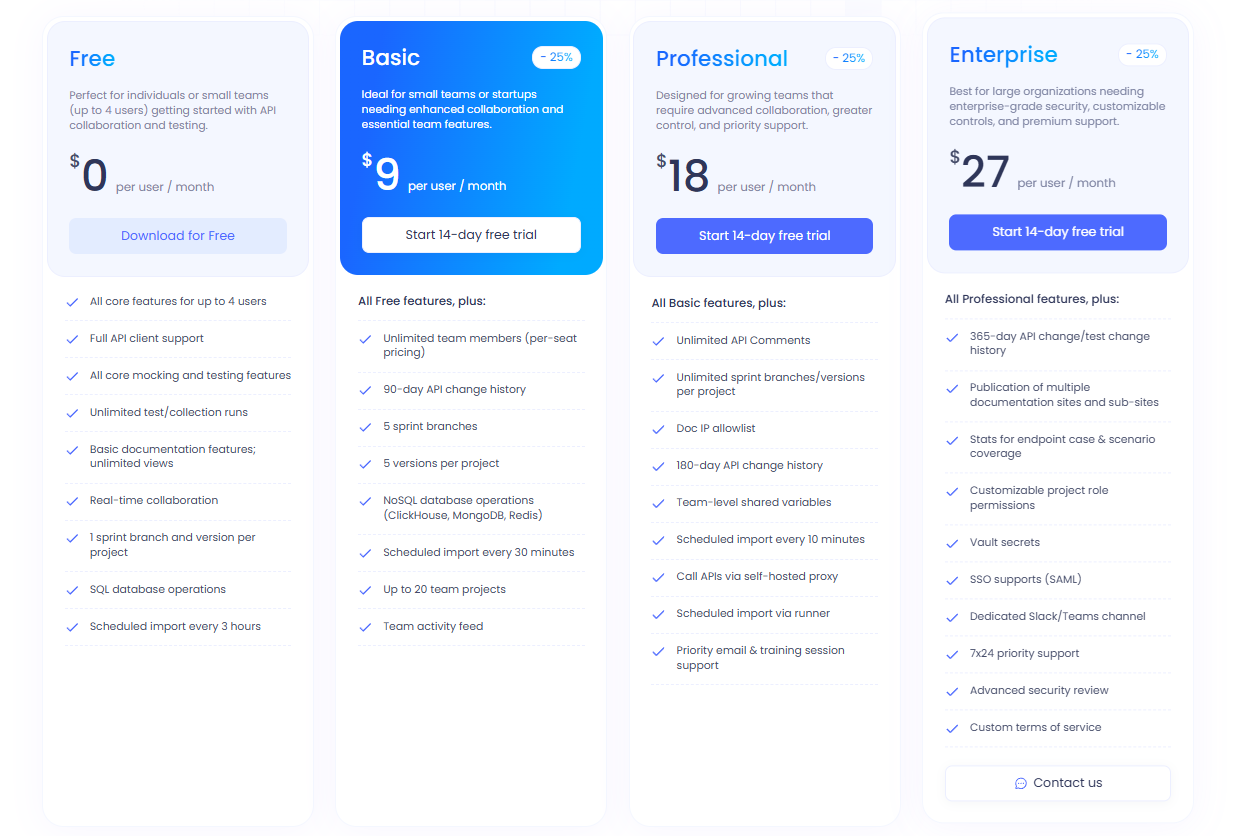
You can literally run an entire startup on Apidog’s free tier. No tricks. No “pay to unlock collaboration.”
SoapUI: Free… But Not Really
SoapUI Open Source: Free, but missing critical features (assertions, data sources, reports, advanced mocking).
ReadyAPI: Starts at $575/user/year (~$48/month) and that’s just for functional testing.
Want performance testing? Add $1,000+/year.
Want service virtualization? Another $1,000+.
Want team collaboration? “Projects Online” is extra.
“We switched from ReadyAPI to Apidog and saved $15k/year.” Actual customer (probably).
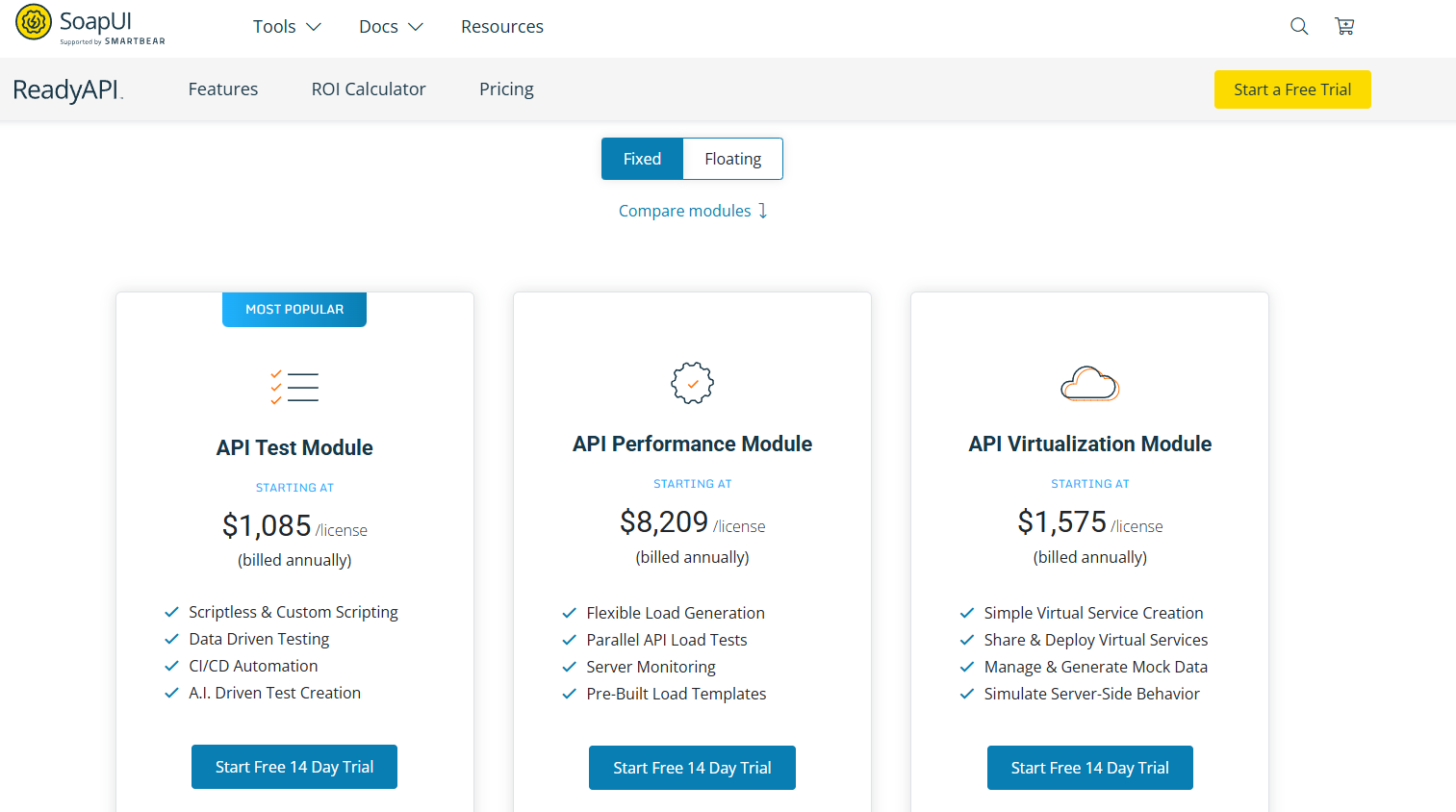
Winner: Apidog (Are You Even Surprised?)
Unless you’re a Fortune 500 company with unlimited budget, Apidog’s pricing is insanely better. You get 90% of what ReadyAPI offers for free.
The Decision Matrix: Which One Should You Choose?
Choose SoapUI if:
- You are working in a traditional enterprise environment with SOAP/WSDL-based services.
- Your primary need is deep, advanced functional and performance testing.
- You need to perform data-driven testing with complex data sources.
- You are a QA engineer or tester who needs a dedicated, powerful testing workbench.
- You are comfortable with a steeper learning curve and Groovy scripting.
Choose Apidog if:
- Your world is REST, GraphQL, and other modern APIs.
- You want an all-in-one platform for design, mocking, testing, and documentation.
- Team collaboration is a top priority for your developers, testers, and product managers.
- You want to enable parallel development with instant mock servers.
- You value a modern, intuitive user interface with a gentler learning curve.
- You follow an API-first development approach.
The Best of Both Worlds? A Hybrid Approach
You don't necessarily have to choose just one. A powerful strategy for some organizations is:
- Use Apidog for the entire API lifecycle: design, mocking, documentation, and the majority of functional testing for REST/GraphQL APIs. Enjoy the collaboration and speed.
- Use SoapUI for specialized tasks: when you need to test a legacy SOAP service or run heavy-duty, data-driven performance tests that require its unique muscle.
This approach lets you use each tool for what it does best.
Conclusion: The Right Tool for the Right Time
SoapUI is a legendary tool that solved the critical problem of testing complex enterprise web services. For that specific niche, it remains arguably the best tool in the world. Its power and depth are undeniable.
However, the API landscape has evolved. The focus has shifted from managing complexity in isolation to fostering speed and collaboration across entire teams. Apidog excels in this new environment. It represents the evolution of API tools away from siloed, single-purpose applications and towards integrated, collaborative platforms.
For most teams building modern applications today, Apidog offers a more complete, efficient, and future-proof solution. It streamlines the workflow, empowers collaboration, and covers the entire API lifecycle in a way that SoapUI was never designed to do.
The choice is clear: if you're maintaining a fortress of SOAP services, SoapUI is your guardian. If you're building an agile team creating the next generation of APIs, Apidog is your catalyst.
